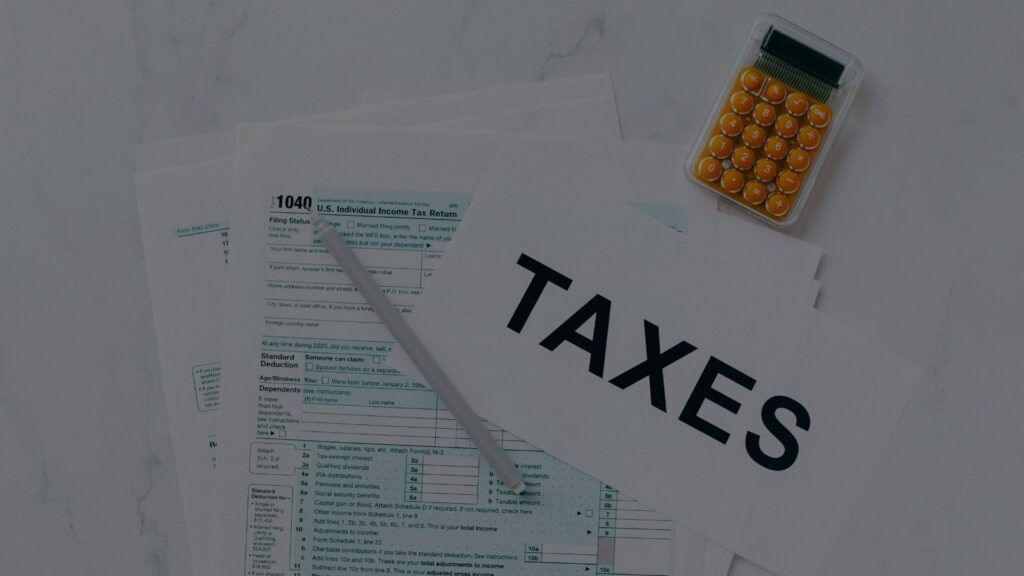Tax Rates
- The Act has seven tax brackets: 10%, 12%, 22%, 24%, 32%, 35%, and 37%
- The 37% bracket begins at:
- $600,000 for joint returns/surviving spouses (previously 39.6% started at $470,700 in 2017)
- The 37% bracket begins at:
- $500,000 for single and head of household (previously 39.6% started at $418,400 for single and $444,500 for head of household)
Observation:
For 2017, $600,000 of taxable income for a joint filer/surviving spouse creates a federal income tax liability of $182,830. For 2018, the same amount creates a liability of $161,379, resulting in tax savings of $21,451
Caveat:
This comparison does not account for potential lost deductions in 2018 that may result in higher taxable income using the same facts
Itemized Deduction Changes
- Repeals the deduction for interest on home equity indebtedness
- Limits mortgage interest deduction to $750,000 of debt, except for acquisition indebtedness before Dec. 15, 2017, which retains the $1,000,000 limit
- Caps deduction for state/local income, sales, and property taxes at $10,000
- For divorce/separation agreements after Dec. 31, 2018, alimony is not deductible by the payor and not included in income of the payee
- Repeals the overall limitation on itemized deductions
- Repeals:
- All miscellaneous itemized deductions subject to the 2% floor
- Personal casualty losses (except those from Presidentially-declared disasters)
- Moving expenses
- Charitable Contributions:
- Raises the limit for cash contributions to public charities from 50% to 60% of AGI
- Repeals the 80% deduction for university athletic seating rights
Note:
These changes negatively affect high-income individuals with large mortgages and high real estate or state income taxes. Where possible, deductions should be paid before the end of 2017
Deduction from Certain Pass-Through Income

- Individual taxpayers may deduct 20% of domestic qualified business income from partnerships, S Corps, or sole proprietorships
- Service businesses (health, law, accounting) are excluded unless under the income threshold. Architectural and engineering firms are included regardless of income
- Deduction is limited to:
- 50% of W-2 wages, or
- 25% of W-2 wages + 2.5% of unadjusted basis of qualified property
- Limitation applies unless taxpayer is below the income threshold
- Threshold amounts:
- $315,000 for married filing jointly
- $157,500 for single
- Full phase-out at $415,000 (MFJ), $207,500 (single)
- Deduction applies to taxable income, not AGI, and is available to both itemizers and non-itemizers
Note:
Most professional service corporations (PSCs) won’t qualify unless structured as a flow-through and under the income threshold. Real estate businesses may qualify, particularly with significant qualified property
Estate & Generation-Skipping Transfer Tax Changes
- Doubles the base exclusion amount from $5.6 million to $11.2 million per person (indexed), or $22.4 million per married couple, effective for tax years after Dec. 31, 2017
Note:
This is a significant benefit for wealthy taxpayers aiming to pass assets to heirs without incurring estate taxes
Alternative Minimum Tax (AMT) Changes
- The AMT is not repealed, but exemption amounts are increased:
- Joint returns/surviving spouses: $109,400
- Single: $70,300
- Married Filing Separately: $54,700
Note:
The phase-outs now begin at $1,000,000 for joint returns and $500,000 for others. Due to eliminated deductions, fewer taxpayers are expected to be subject to AMT
Depreciation / Section 179 Expensing

- Allows 100% expensing for qualified property placed in service after Sept. 27, 2017, and before Jan. 1, 2023. Applies to new and used property
- Transition rule: 50% allowance may apply for the first tax year ending after Sept. 27, 2017
- Section 179 expensing limit increases to $1 million (from $500,000), with phase-out beginning at $2.5 million (from $2 million)
- Includes energy-efficient HVAC, fire protection, alarm systems, and security systems
Note:
Allows extensive upfront deduction for asset purchases, but may lead to future tax liabilities if purchases decline and depreciation isn’t available
NOL Deduction Limited
- NOL carryover limited to 80% of taxable income
- No carrybacks allowed, except a 2-year carryback for small businesses/farms with casualty/disaster losses
- NOLs can be carried forward indefinitely
Note:
Limits the ability to offset taxable income and removes the option for a quick refund via carryback
Entertainment and Other Expenses
- No deductions allowed for:
- Entertainment, amusement, or recreation
- Transportation fringe benefits
- On-premise gyms and athletic facilities
- Personal amenities (unless treated as compensation)
- The 50% deduction only applies to food/beverage expenses, not entertainment
- Effective for amounts paid/incurred after 2017
Note:
Eliminates many business deductions for events and amenities. Sponsorships considered advertising may still qualify for deductions if structured properly
Frequently Asked Questions
What are the current federal income tax brackets?
The federal income tax system under the Act includes seven tax brackets: 10%, 12%, 22%, 24%, 32%, 35%, and 37%. The 37% bracket applies to incomes over $600,000 for joint filers and $500,000 for single and head-of-household filers.
How have itemized deductions changed?
Significant changes include the repeal of interest deductions on home equity loans, capping the state/local tax deduction at $10,000, and reducing the mortgage interest deduction limit to $750,000 (except for loans before December 15, 2017). Additionally, most miscellaneous deductions and moving expenses are no longer deductible.
Who qualifies for the 20% pass-through income deduction?
Taxpayers with qualified business income from partnerships, S corporations, or sole proprietorships may deduct up to 20%, subject to income limits. Most service businesses (like legal or accounting) are excluded unless their income is below $157,500 (single) or $315,000 (married filing jointly). Real estate and engineering firms may still qualify regardless of income.
What are the changes to the Alternative Minimum Tax (AMT)?
While AMT was not repealed, exemption amounts increased significantly. For example, joint filers now have an exemption of $109,400. The income thresholds for phase-out also increased, meaning fewer taxpayers are expected to be impacted.
How does 100% bonus depreciation affect businesses?
Businesses can fully expense qualified property acquired after September 27, 2017, and before January 1, 2023. This includes both new and used property, offering substantial upfront deductions. However, businesses must plan ahead, as this may reduce future depreciation deductions.

